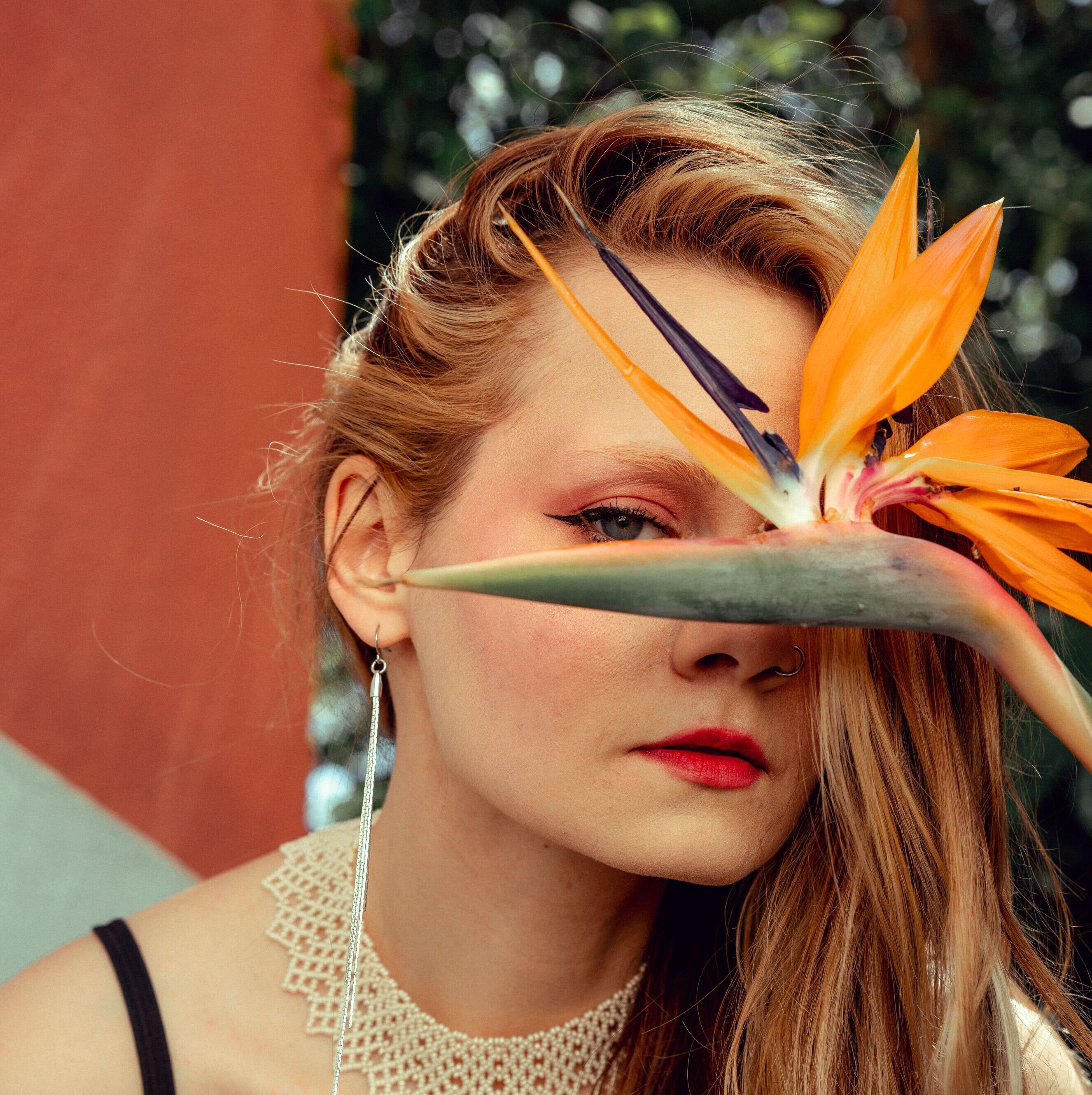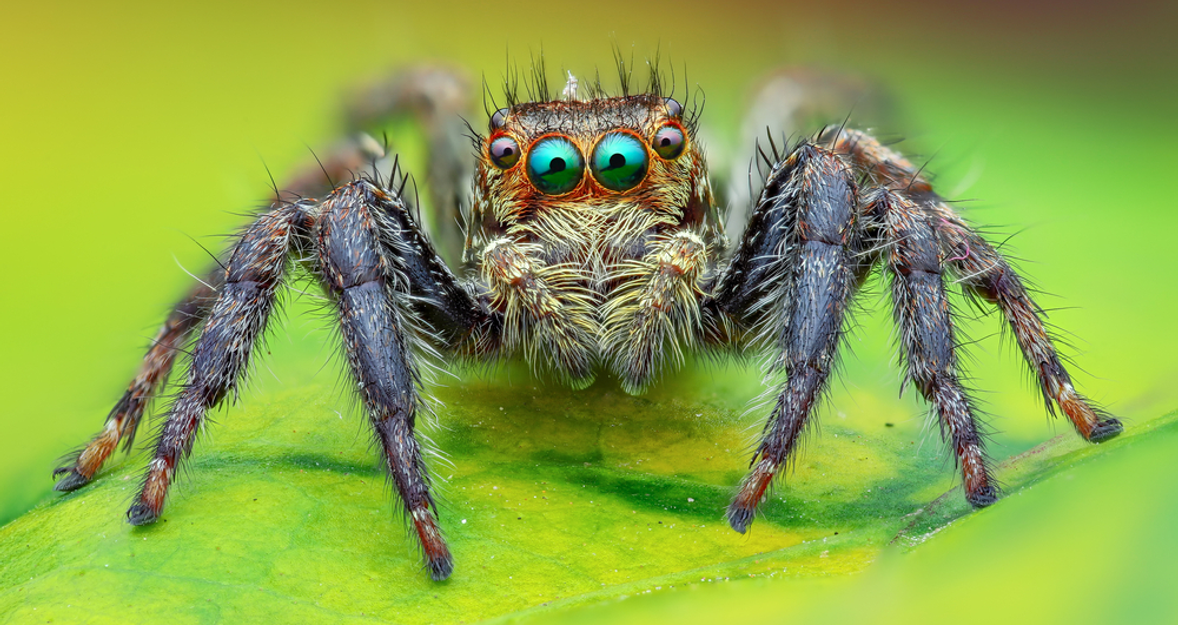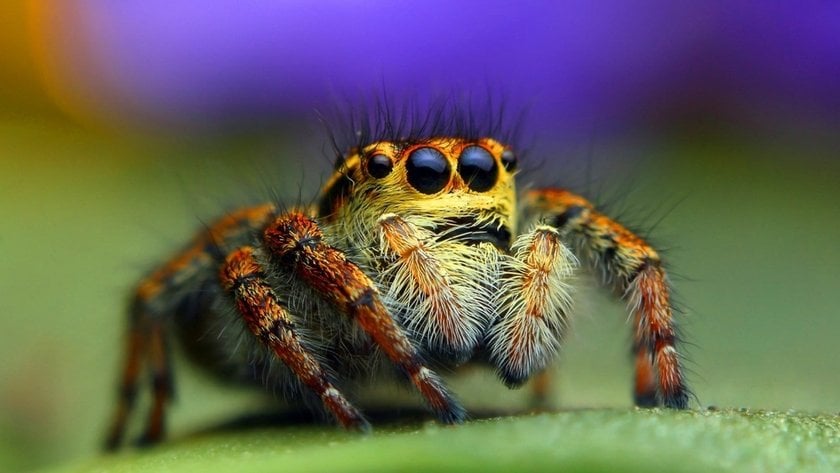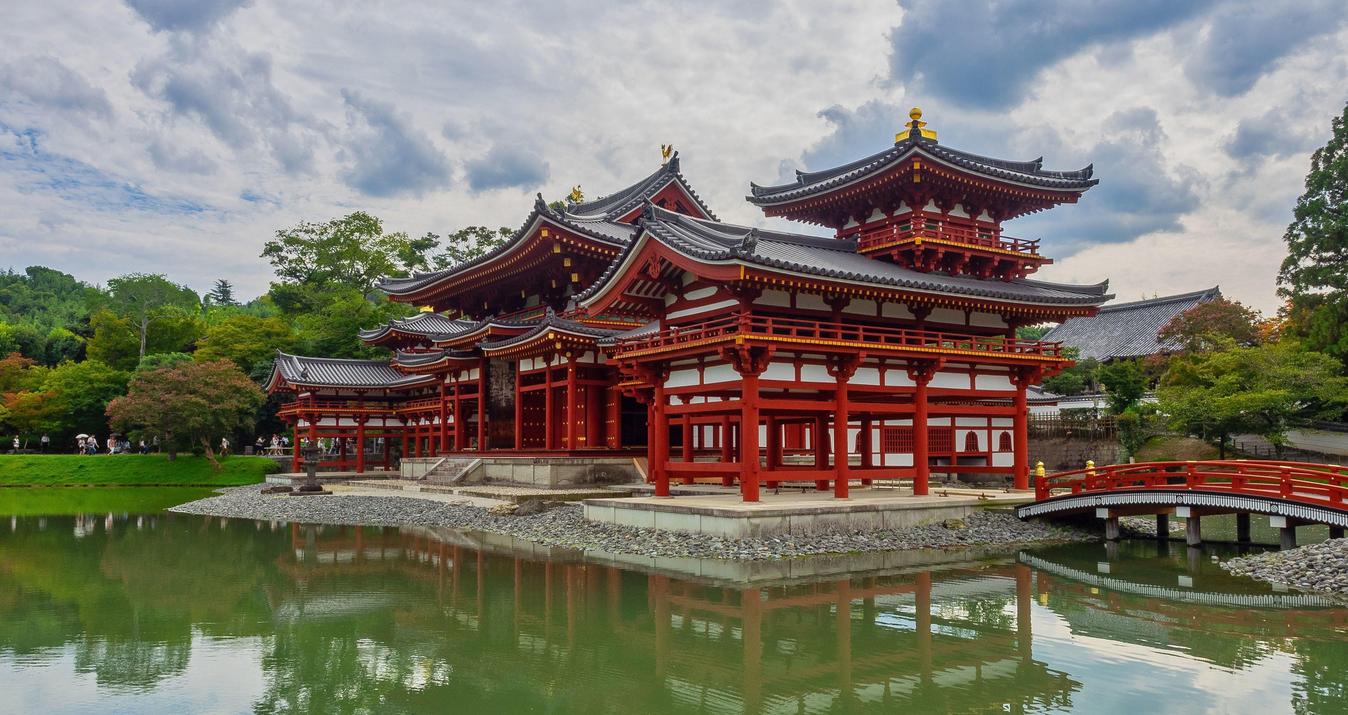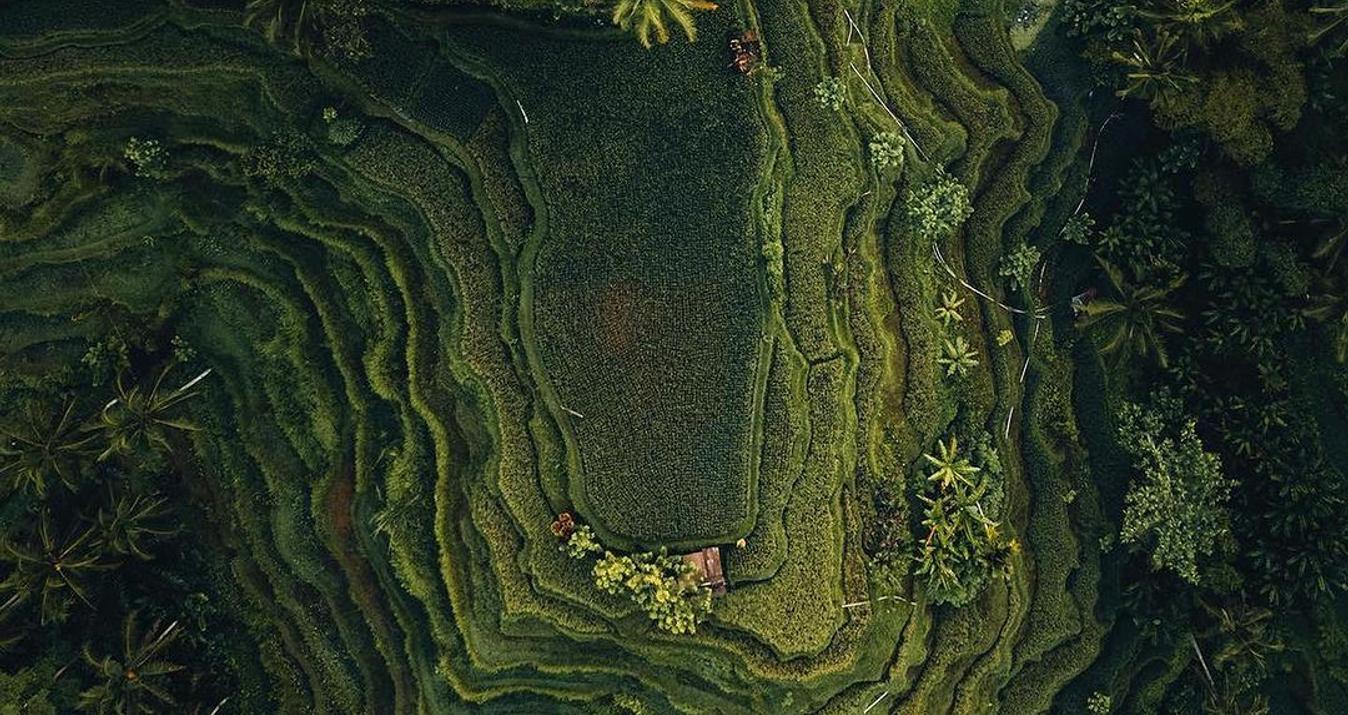Check out our guide to taking amazing close-up photos of spiders and see how great they really are, up close and personal. You'll learn how to spot and snap pictures of their tiny world, from their silk webs to the way they catch their dinner. It's a must-read for anyone who likes photography or just wants to see spiders in a new way!
Have you ever wondered what the world looks like in a magnifying glass? Imagine zooming in really close, close enough to see the tiny legs of a spider or the colors of its eyes. That’s what we do with macro photography! It allows us to see the small world around us on a larger and fascinating scale. Today, we are going on a journey in the spider world. But don’t worry, we won’t be getting much closer! We use our cameras for research. Spiders might seem a bit scary from afar, but up close, they're like living art. With macro photography, a spider can be seen with the amazing details that we usually miss. So, grab your camera (or just your curiosity), and let's dive into the tiny, beautiful world of spiders together!
The Spider Silk Seen Up Close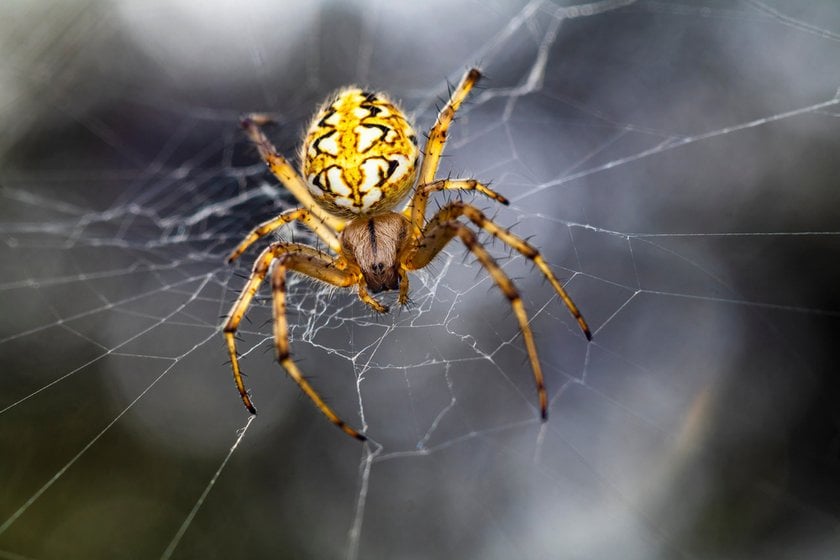
When we take a closer look at spider silk with a camera that can zoom in really close, everything changes. What usually looks like a tiny, maybe even invisible string turns into something amazing. When you look at it through a camera like this, spider silk shows up as a shiny, complex thread full of cool designs. It's so beautiful, you'd hardly believe a spider made it!
Think of spiders as the builders and designers of the bug world. They use their silk to make their homes, which we often call webs. These homes are not just any old place to stay; they are traps made very carefully to catch their food. This shows us that spiders are pretty clever. But there's more. Some of them make a kind of silk parachute to glide through the air, and others wrap their eggs in silk to keep them safe.
Here's something super interesting: spiders can talk to each other with their silk. They do something like sending text messages by pulling and vibrating the silk strands in their web. With close-up photography, we can see all these amazing things spider silk is used for. It makes us see how wonderful and smart spiders really are. So, next time you see their web, think about all the incredible stuff going on there, especially when we look at it very closely!
Advanced yet easy-to-use photo editor
Get Luminar Neo NowLooking into Spider Eyes and Patterns
When we get a chance to look closely at spiders, especially their eyes, we discover a lot about how they live. Spiders have eyes that are really important to them. These eyes help them to see danger coming, find their food, and even choose a partner. It's amazing how much they rely on their vision for so many parts of their life.
Then, there are the patterns on their skin. These aren't just for looks; they serve a big purpose. The patterns help spiders to stay hidden from bigger animals that might want to eat them and make it easier to sneak up on the bugs they eat. Also, when it's time to find a mate, these patterns can help them stand out from each other.
Looking at spiders' eyes up close, we can see how detailed and suited they are for their needs. Their eyes and the patterns on their body are key tools for survival, from avoiding threats to catching their next meal!
How to Capture Stunning Spider Photos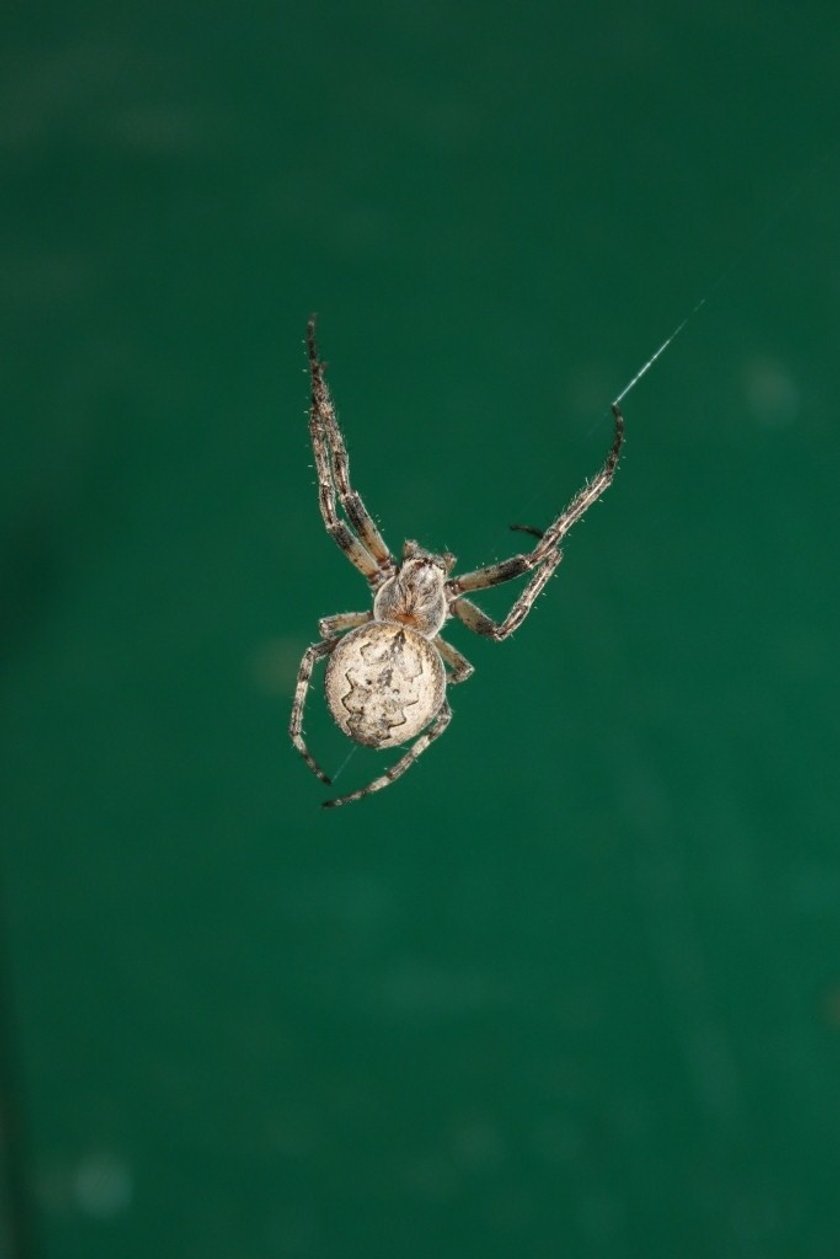
1. Spotting the Perfect Subject: Start your adventure in a garden or maybe a quiet corner of your house. Keep an eye out for webs, especially in spots where two branches meet or under a leafy roof.
2. Watch and Learn: Before you start snapping away, take a moment to watch your eight-legged friend. Does it prefer the center of its web or the edges? Understanding its habits can help you predict its next move.
3. Lighting Matters: Soft, natural light is your best friend here. Early morning or late afternoon gives you that perfect glow. If it's a bit dim, a gentle shine from a flashlight can work wonders; just diffuse it with something like a thin cloth to keep things looking natural.
4. Tweaking Your Camera:
Aperture: Aim for f/8 to f/11 to keep the spider sharp and the background dreamy.
ISO: Stick to 100-400 to avoid noisy photos. Adjust this if you need more light, but be mindful of the grain.
Shutter Speed: If your model is on the move, go for 1/250 sec or quicker. For a still spider, you can afford to slow down.
Check out our guide on how to find the best cheap camera for macro photography in our previous post!
Top 8 Cameras for Macro Photography in 2024: Choose the Best!
learn more5. Staying Steady: A tripod is a game-changer, especially for those still-life moments. If your subject is more active, try to keep your hands steady or lean on something solid for support.
6. Be Kind to Your Model: Remember, we're guests in their world. Avoid damaging the web or stressing out the spider. It's all about capturing their natural beauty without interference.
7. Patience Pays Off: Macro photography isn't a race. Take your time, wait for the perfect shot, and don't worry if it doesn't happen immediately. Sometimes, the best photos come to those who wait.
This guide is your starting point to dive into the world of spider photography. With a bit of practice and a lot of patience, you'll soon have a collection of photos that showcase the intricate and fascinating world of these tiny creatures.
Exclusive Tools of Endless Possibilities in One AI Editor
EXPLORE NOW!Watching Spiders Hunt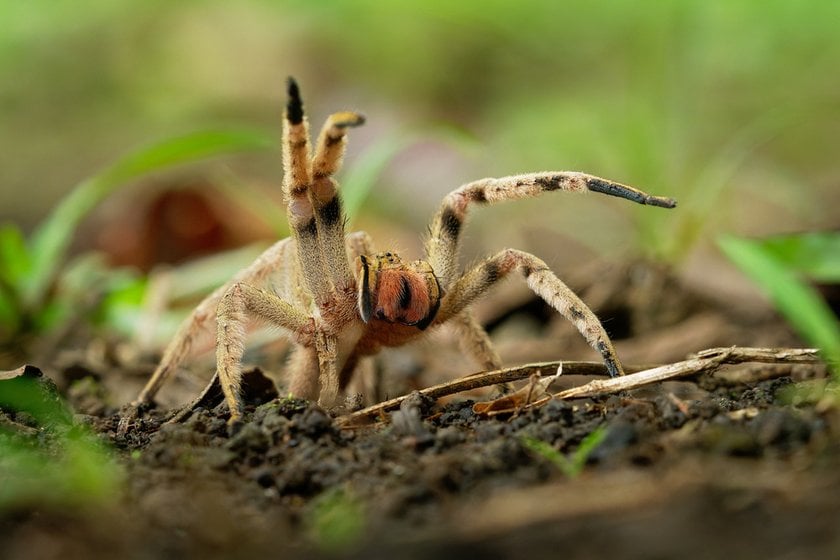
Seeing spiders catch their food is really interesting, and close-up photos let us see this up close in a way we normally can't. These photos show us the clever ways spiders hunt, and it's pretty impressive to see.
Some spiders sit quietly by their webs, waiting for a bug to fly or walk into the sticky threads. When this happens, the spider quickly wraps the bug in more silk, making sure it can't get away. Through close-up pictures, we can see the fine details of the web and how carefully the spider works.
Then, there are spiders that don't use webs to catch their food. Instead, they roam around on the ground or in plants, looking for bugs to eat. They have to be quick and quiet to sneak up on their prey and grab it. Close-up photos capture the moment right before they jump, showing us the determination in their actions.
These pictures help us understand just how good spiders are at hunting. We get to see all the small, amazing things they do to survive. Watching spiders hunt through these photos shows us a side of nature we often overlook, where every small creature has its own way of living.
Editing Your Spider Shots With Luminar Neo
In macro photography, especially when we're capturing the world of spiders, getting every tiny detail in focus is a game-changer. That's where Luminar Neo’s image stacking software comes into play, making a huge difference. By taking several photos at different focus points and blending them together, this software brings every part of the spider - from its eyes to the tips of its legs - into crystal-clear focus!
Luminar Neo simplifies this task remarkably. It uses smart technology to pick the sharpest parts from each photo and combines them into one perfect image. This means that the intricate patterns on a spider's body or the fine threads of its web are all captured with incredible clarity!
Then there's the magic of the AI image upscaler in Luminar Neo. Imagine you've got a great shot, but it's just not sharp enough for a stunning print, or it looks a bit blurry on your screen. The AI upscaler fixes that by smartly filling in details that make the image look like it was always meant to be seen in high resolution. It's like giving your photos a clarity boost, ensuring that every segment of your spider subject is displayed in the best light possible. For anyone keen on showing off the minute beauty of spiders or any macro subjects, this tool is a must-have. It transforms good photos into great ones, making them ready for any gallery, website, or print!
Conclusion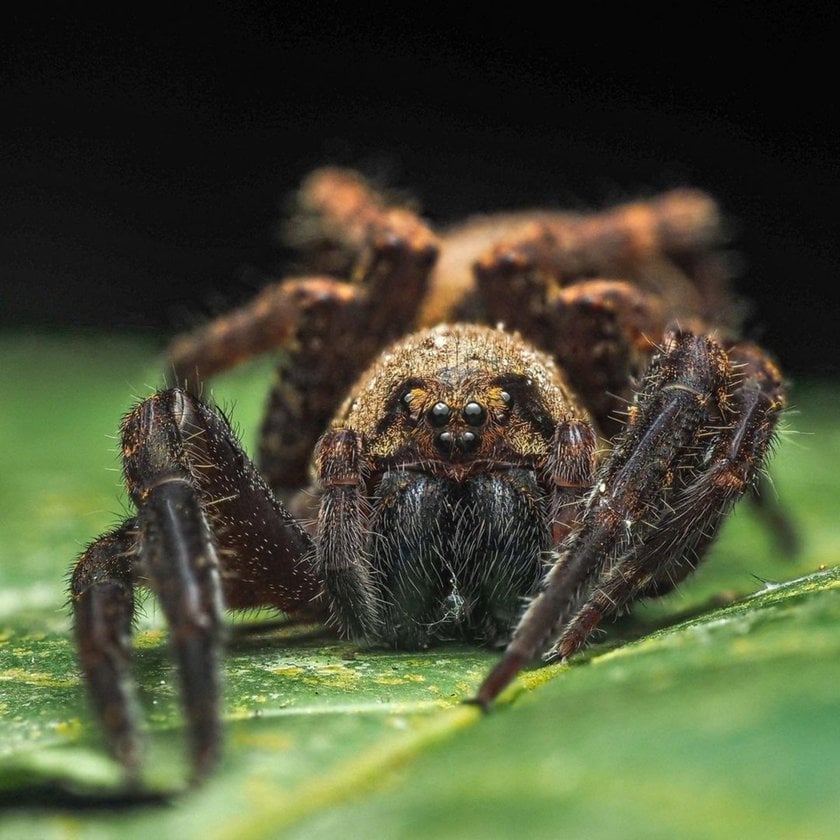
Wrapping up our journey into spider macro photography, we've uncovered the hidden beauty of spiders, from their intricate silk to their unique hunting tactics, all through our camera lenses!
This exploration reminds us to appreciate the smaller beings in our world and the stories they tell through our photographs. And if you're keen on discovering more about capturing the beauty of the micro world, take a look at our guide on how to photograph water droplets. It's filled with tips to help you capture the delicate beauty of water, enhancing your photography skills further!
So, keep your camera ready, and let's continue to reveal the unseen beauty around us, one photo at a time!



